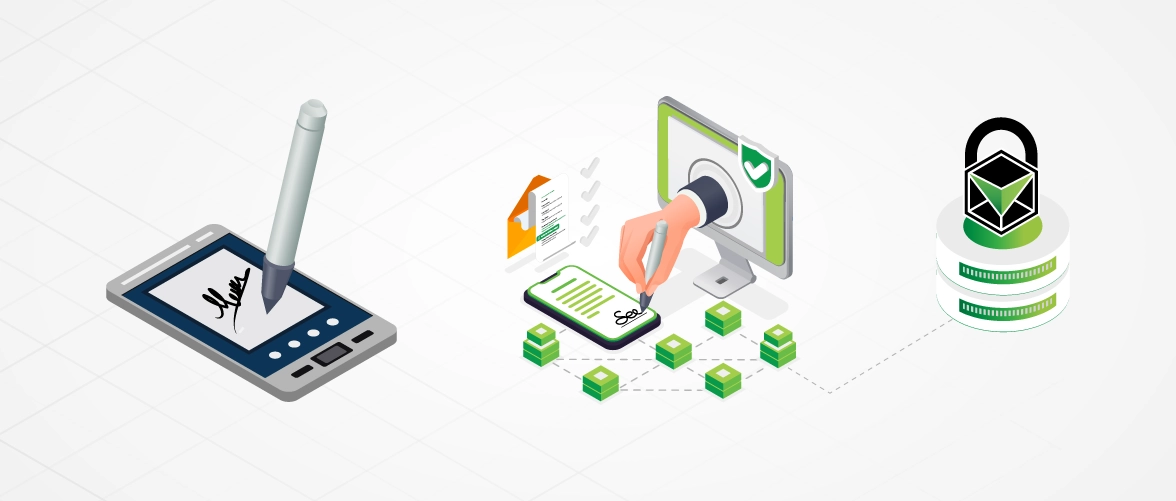What are the differences between an electronic signature and a digital signature?
18 Mar 2024

The terms electronic signature and digital signature are often used as synonyms but they are actually quite different. The main difference is that a digital signature is typically used for authentication and is essentially an invisible code that is controlled by a certification authority, while an eSignature is often associated with the traditional hand-drawn signature.
While the digital signature is a kind of electronic signature, they are distinct. A digital signature is a more secure version. You cannot tamper with it. In addition, it encrypts the document to embed the information permanently.
On the other hand, an electronic signature is very similar to a digitised handwritten signature. However, this signature gets verification from the signer's identity, like phone PIN, email, and more. The key differences are:
- Digital Signatures secure a document. Whereas an electronic signature verifies it.
- The certification authority regulates a digital signature. On the other hand, electronic signatures use applications of some regulations and national acts to validate them.
- The government or non-government certifications authorise a digital signature. Specific vendors, document creators, etc., can authorise an electronic signature.
- If you consider a document processing platform, a digital signature can be primarily of two types: Adobe pdf and Microsoft. In contrast, an electronic signature can be of four kinds: basic eSignatures, advanced eSignatures, click-to-sign, and qualified eSignatures.